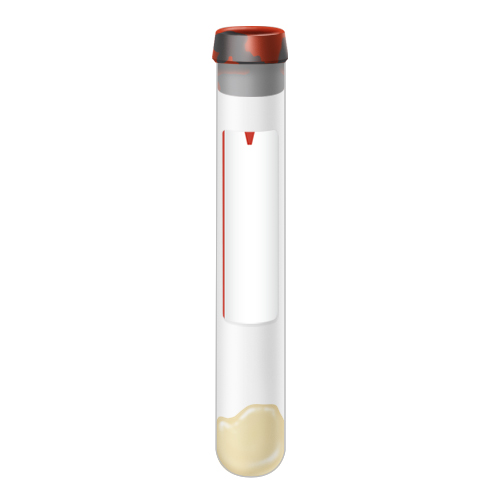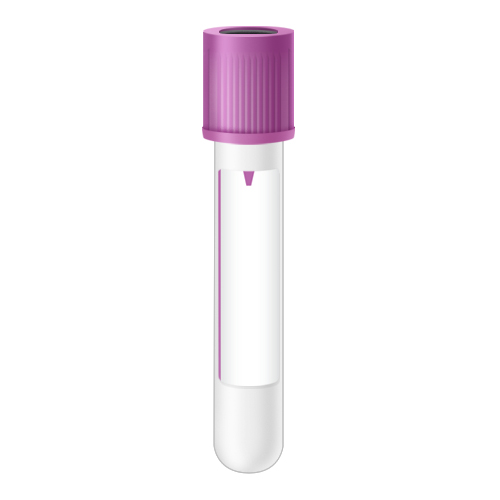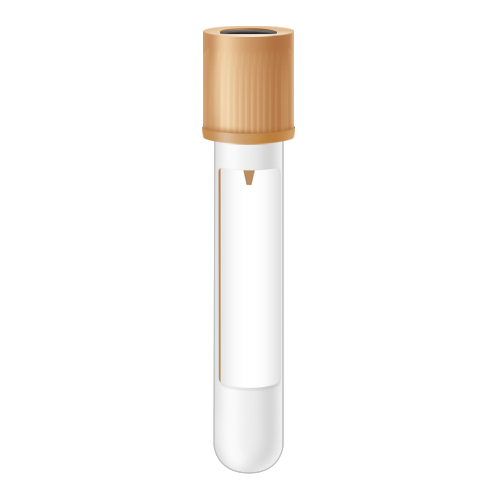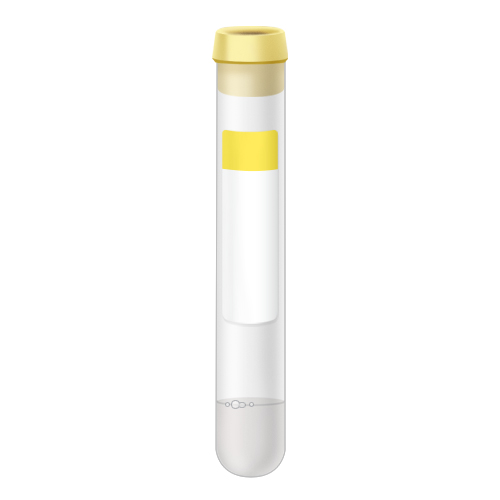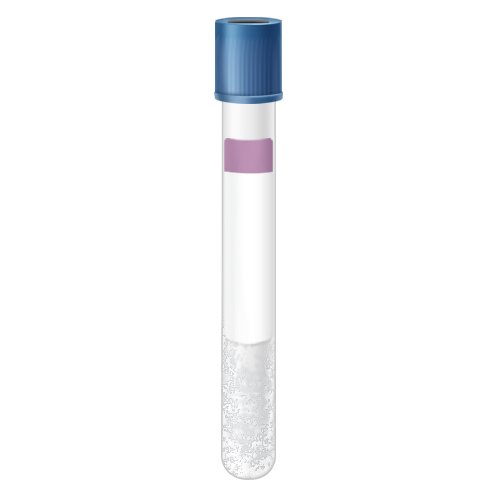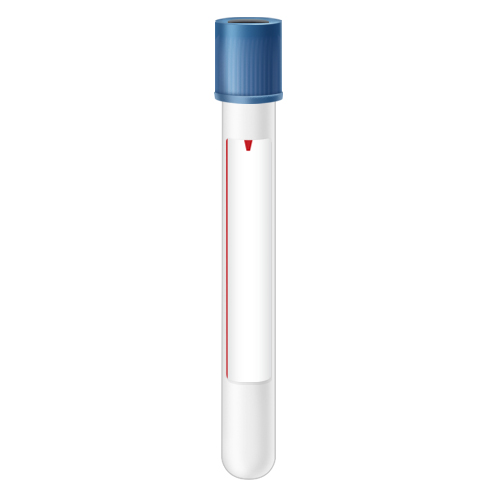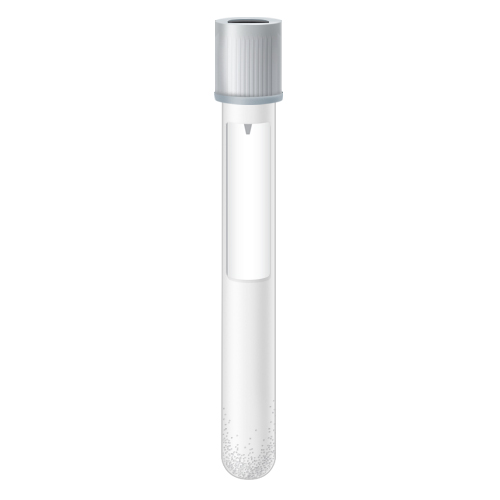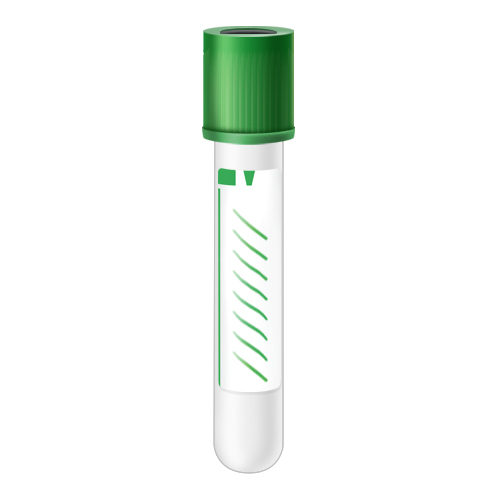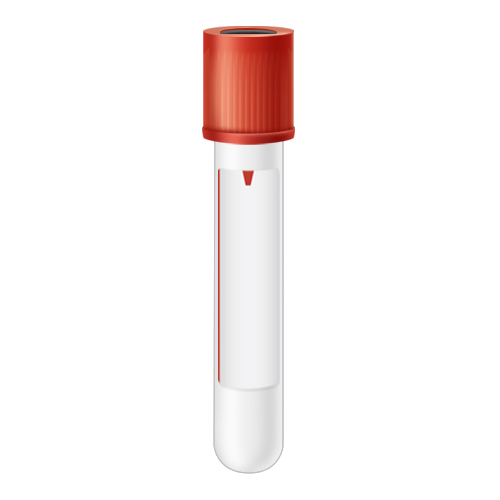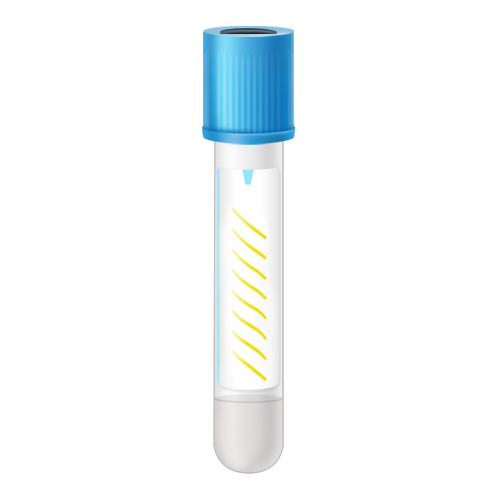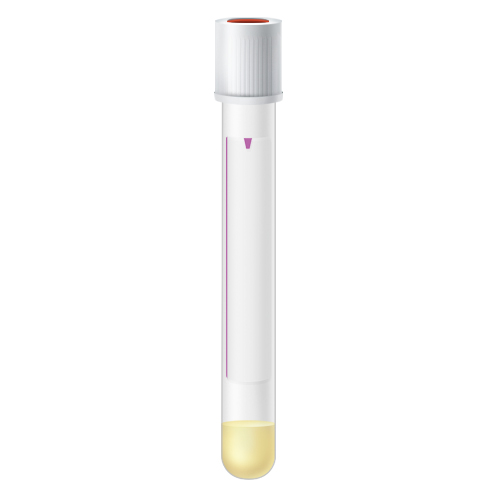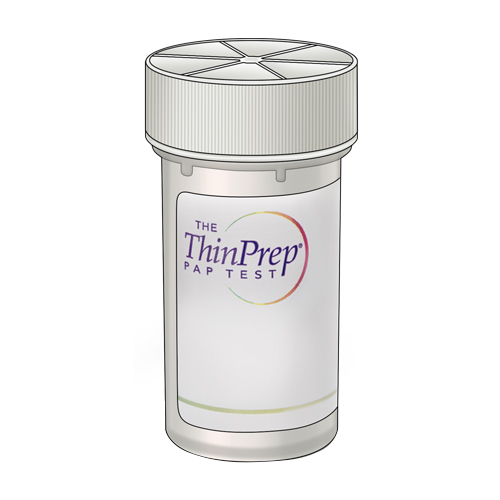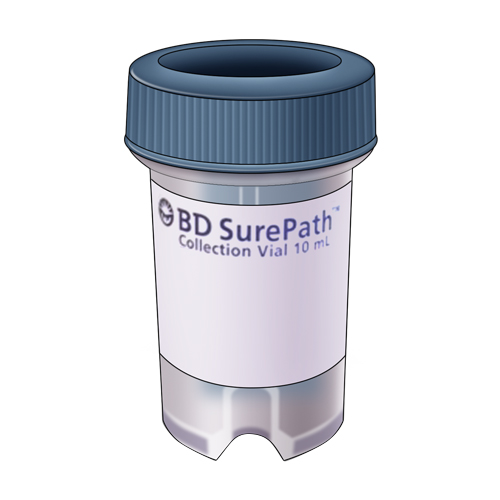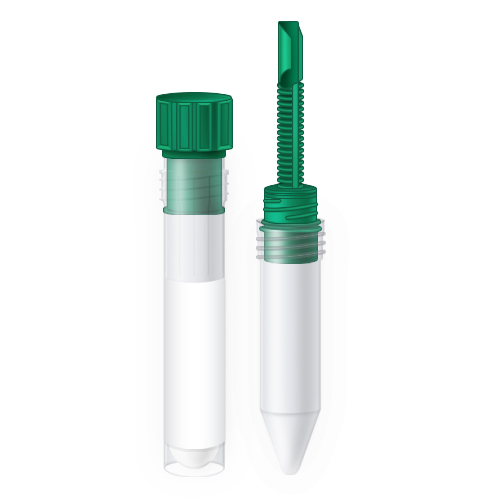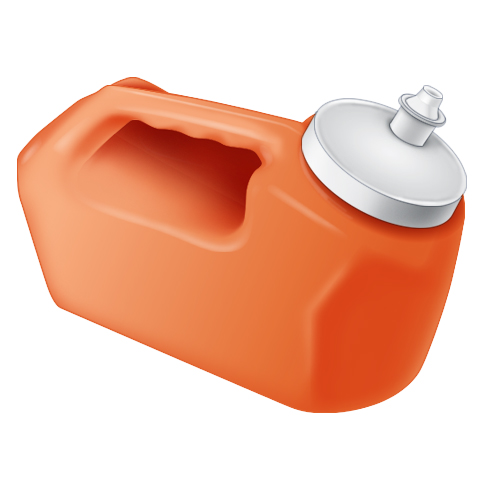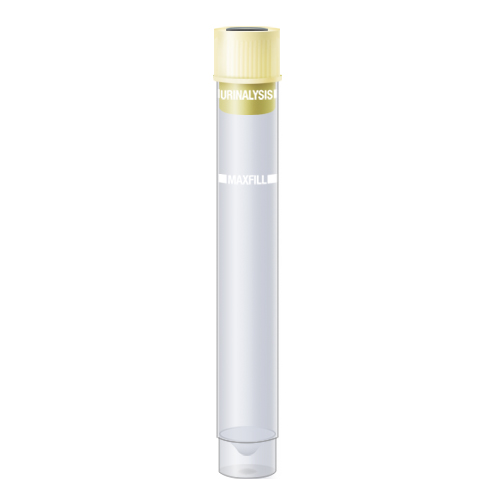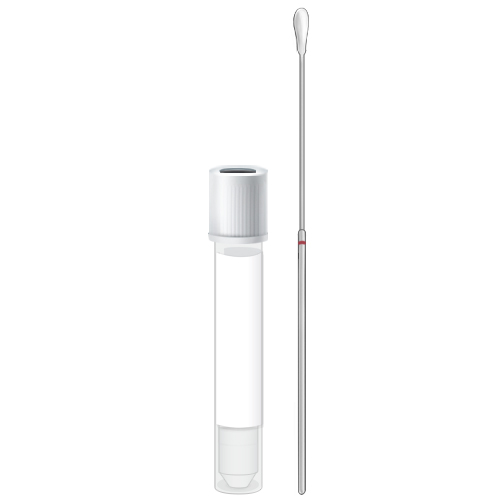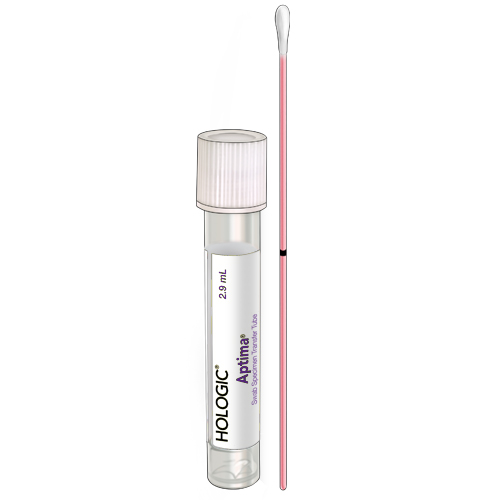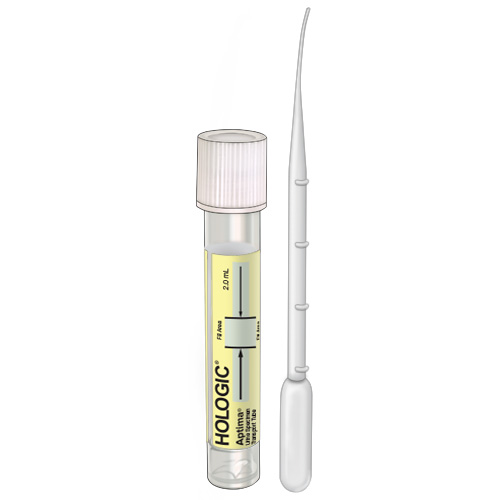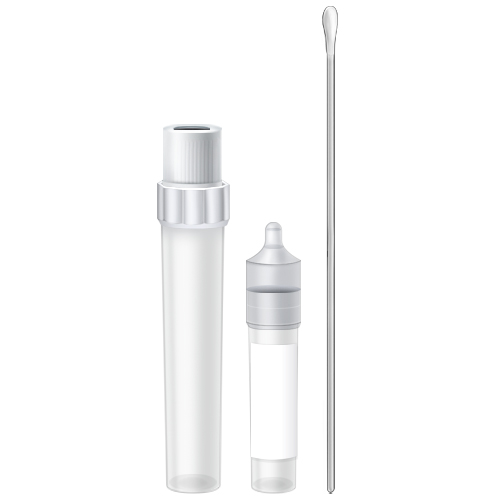For many people, the summer season means firing up the grill. But if you’re looking forward to gathering friends and family for a summer cookout, you may want to brush up on some food allergy safety tips. 32 million Americans have food allergies – 1 in 10 adults and 1 in 3 children – according to the organization Food Allergy and Research (FARE).1 Here, we’re highlighting some ways to serve up food safety this summer, listing food allergy symptoms, and offering information about testing.
Food Allergies and Cross-Contact
An allergy is the immune system’s response to a foreign substance – an allergen – which it mistakenly flags as dangerous, in this case, a type of food. When a person with a food allergy’s body identifies an allergen, the immune system launches a response, releasing chemicals such as histamines that cause an allergic reaction.2
The following eight allergens make up 90% of food allergic reactions in the U.S.: 3
- Milk
- Eggs
- Fish
- Crustacean shellfish
- Tree nuts
- Peanuts
- Wheat
- Soybeans
People with food allergies, and those preparing their food, need to be cautious of cross-contact: when one food comes into contact with another and their proteins mix. When this happens, each food contains small amounts of the other food, which can cause an allergic reaction.4
Summertime Food Allergy Safety Tips
When it comes to summer get-togethers like picnics and barbecues, remember to communicate any food allergies with guests or hosts prior to events where allergens may be present. Consider the following tips to help prevent allergic reactions and cross-contact:
- Separate allergy-safe foods: if you are preparing several foods, start with those that are allergy-safe and store them covered.4
- Start over if cross-contact occurs: simply removing an allergen from a meal does not make it safe.4
- Use soap and water: thoroughly wash utensils, pans, cutting boards, counters, tables, and hands when preparing meals.4
- Clean your grill carefully: wrapping food with foil can also help prevent cross-contact.4
- Check your barbecue sauce: this common condiment can be a source of unexpected allergens.5
- Take care when serving: use separate utensils when preparing and serving foods with allergens.4
- Avoid sharing foods: use markers or labels to mark water bottles and cups.5
FARE also suggests keeping epinephrine auto-injectors out of direct sunlight and extreme heat and storing them at room temperature.
Symptoms of Food Allergies & Severe Allergic Reactions
It’s important to be aware of how common symptoms appear in case an allergic reaction does occur. Signs of an allergic reaction typically occur shortly after consuming the trigger food – within minutes – though they can sometimes appear a few hours later.6 Food allergy symptoms usually affect one or more parts of the body – the skin, digestive system, and/or respiratory system.7
According to the American Academy of Allergy Asthma and Immunology (AAAAI), symptoms of food allergies include:6
- Hives or red, itchy skin
- Stuffy or itchy nose, sneezing or itchy, teary eyes
- Vomiting, stomach cramps, or diarrhea
- Angioedema or swelling
In some instances, a food allergy can cause a life-threatening allergic reaction called anaphylaxis. The AAAAI directs you to call 911 immediately if you experience anaphylaxis symptoms, including: 6
- Hoarseness, throat tightness, or a lump in the throat
- Wheezing, chest tightness, or trouble breathing
- Tingling in the hands, feet, lips, or scalp
If you are concerned about food allergy symptoms or risk factors like a family history of food allergies, other food allergies, other types of allergies, or asthma – seek guidance from your healthcare provider. To help determine your allergies, your healthcare provider may employ one or more types of testing like an oral challenge test, elimination diet, skin prick test, or blood tests.7
Food Allergy Testing with BioReference
Specific IgE blood tests like BioReference’s ImmunoCap Allergen testing can give you and your healthcare provider important answers about your allergic triggers. With a simple blood test, this comprehensive food allergy profile can assess your reaction to common food allergies and help inform a targeted dietary management plan.
Did you know that 70% of children with an egg allergy do not react to baked egg? In addition to abnormalities in the general food allergy profile – component profiles from BioReference analyze specific egg, milk, and nut proteins to determine how likely you are to react to baked or raw products.
Speak with your healthcare provider to see if food allergy testing is right for you, and be sure to keep safety tips in mind for whatever summer menus you’re whipping up this season.
Sources:
- https://www.foodallergy.org/resources/facts-and-statistics
- https://medlineplus.gov/ency/article/000817.htm
- https://www.fda.gov/food/buy-store-serve-safe-food/food-allergies-what-you-need-know
- https://www.foodallergy.org/resources/cross-contact-poster-set-eng
- https://www.foodallergy.org/resources/summer-bbq-tips-and-tricks
- https://www.aaaai.org/Conditions-Treatments/Allergies/Food-Allergy
- https://medlineplus.gov/lab-tests/food-allergy-testing/


